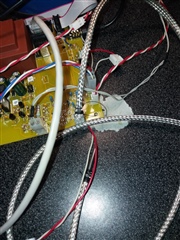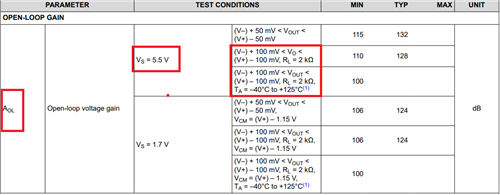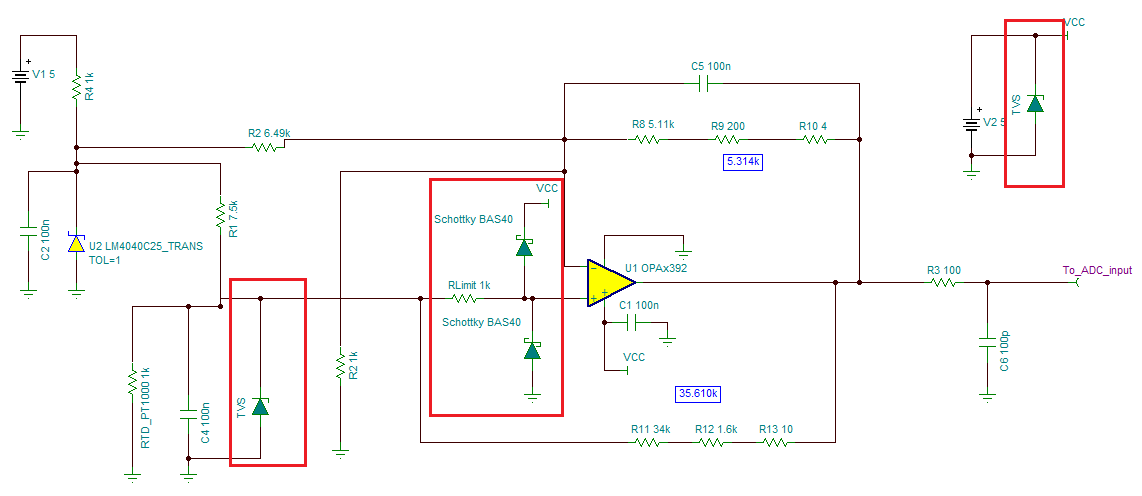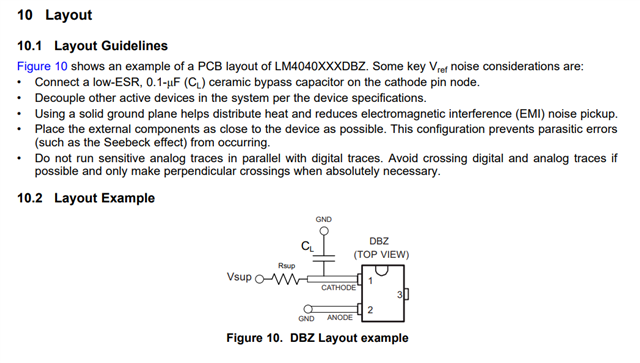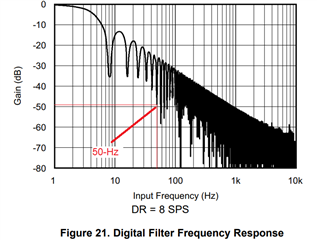Other Parts Discussed in Thread: ADS1262, ADS1261, ADS1248, LM7705, OPA2392, LM4040, ADS1118, ADS1113, ADS1115, ADS1114
On the basis of OPA2188, I also carried out linearization according to the slyt442.pdf manual, LM 4040A 2.5 acted as a reference signal. ADCs represented the Atmel family of microcontrollers - Attiny 261A and Atmega32A. I will say right away that everything is correct, everything works, there are no complaints about the scheme. But unfortunately, the data obtained after the ADC conversions do not stand up to scrutiny. Despite the fact that all elements (resistors, REF) are selected with an accuracy of 0.1%, the temperature readings change in an incomprehensible way. 22 degrees Celsius, then it can be 25 C, then again 22, then again 22, 21, 23,22,24 and so on with time intervals no matter what (at least 0.1 s, at least 1 s, at least 2 s and so on ) in an environment in which the temperature does not change much - I sit in a room at a computer. I didn't even try to indicate tenths of a degree. Instead of Pt1000A, I tried soldering a regular resistor of about 1.1 kOhm into the board. The readings stopped changing. I got busy with the wires to this sensor, I tried a shielded audio cable - it helped a little, but the readings still changed. I encased the sensor in a metal sleeve and added a new shielded copper braid. Which I connected to GND through a 0.1 uF capacitor. Unfortunately it didn't get any better! Full shielding, but useless, as it turned out. There are no powerful or not powerful household or industrial devices nearby, the computer can be turned on, or it can be turned off - it doesn’t matter. For power, a 10 uF tantalum capacitor, for AREF also a 10 uF tantalum capacitor, plus a 0.1 uF ceramic capacitor here and there. The location of the elements on the edge of the board away from the power rails. This is some kind of nonsense. A low-noise op amp outputs this noise to the ADC. The voltmeter shows an alternating voltage from 6 to 18 mV at the output of the opamp, but as I understand it, the peaks can be more significant. As I understand it, the mains voltage of 50 Hz and its harmonics gives interference, I read that, for example, the MAX31865 has a special filter "50 / 60Hz DIGITAL SINC FILTER", which dampens this noise by 40 dB. And how are things in OPA2188? What should I do? I've already tried everything. I have three different printed circuit boards of the sample assembled on them and everywhere a similar situation. For example, the ADC conducts 4 samples and compares the highest 8 bits for the same data and then only skips the data further, and if there is an error, then repeated measurements and so on several times. In general, this is not the case. What else can I do? The ADC inputs were converted to analog inputs, the ADC was both with and without sleep mode. Maybe you need some kind of load resistor and (or) capacitor for the output of the operational amplifier? Help me please.


